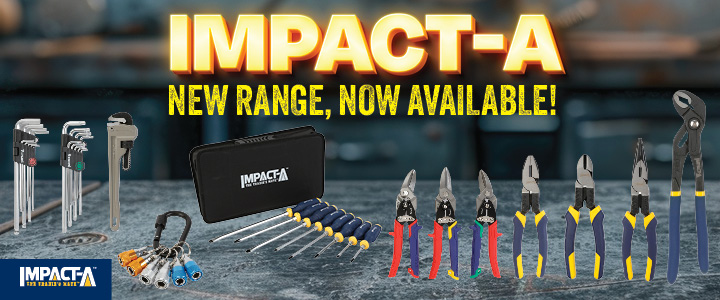There’s more to switching from employee to subcontractor than rocking up on site with an ABN. Here’s what you need to do to become a successful subbie.
By Angela Tufvesson
So you’ve decided to become a subcontractor. Perhaps you’re ready to take the plunge after completing an apprenticeship and clocking up a few years of experience working for someone else.
Maybe you’re after greater freedom and the opportunity to work on a wider variety of jobs.
Whatever your reasons, know this: making the switch is not as easy as turning up on site under your own name. You’ll need to register your business, organise insurance and get your books and safety paperwork in order to successfully— and legally—make the transition from employee to subbie.
CHOOSE A STRUCTURE
When you become a subbie, you’re no longer employed by a company. Instead, you become self-employed—you are your own boss. The first step is to choose a business structure. Most subbies set up as sole traders and run their business with an ABN (Australian Business Number). You can also be a subcontractor working in your own company, partnership or trust.
It depends on your long-term goals as to which business structure is best, explains accountant Kirsty Fox from Tradies Accounting Toolshed. “If you’re going to be a subbie to a couple of builders, then it’s probably just as easy to be a sole trader than it is to move into a company,” she says.
“Part of the reason you’d move into a company or a trust structure is for tax planning purposes and if you’re planning to grow the business and employ staff. It really comes down to how much money you’re going to make.”
Nicole Cox, a co-founder of business consultancy Tradies in Business, says this is an ideal time to engage the services of an accountant who can help you launch and manage your subcontracting business.
“Find a good accountant who understands where you’re at right now and where you’d like to move the business towards in the next 12 months or two years, and they can help you make the right decisions around business structure and what’s going to work best for you,” she says.
SET UP THE BACK END
As a business owner, a subbie is responsible for insurance. Experts say there are three essential types of insurance you’ll need to protect yourself and your business: public liability, which covers any property damage and personal injury you cause, income protection for periods you’re unable to work due to illness or injury, and tool and vehicle insurance in the event of theft or damage.
Cox recommends using an insurance broker to help you wade through the options. “To get the right insurance that suits where you’re at right now, speaking with a broker is the best option because things are changing very quickly, particularly in our current climate.”
As for super, you’re not legally obliged to pay into your retirement savings, but it’s certainly a sensible idea—especially if you’re planning to subcontract for the long term. “If you’re younger, you have a great opportunity to build up some wealth through what essentially is forced savings,” says Warrick Bidwell, Cox’s business partner at Tradies in Business. Some super funds also include provision for life and income protection insurance.
Bidwell also recommends having safety paperwork like Safe Work Method Statements (SWMS), standard operating procedures and safety management plans ready to go as most builders will request this documentation before starting a job.
“There are some good apps and cloud based platforms that can help with ongoing management of the safety side of things,” he says.
DECIDE YOUR RATE
Of all the decisions you make as a subbie, setting your hourly rate is one of the most important. Bidwell says it’s crucial to factor your new business expenses—including insurance, accountancy fees, vehicle and tool costs, and subscriptions to digital platforms—into your rate. “It’s not enough to use the same hourly rate as what you were getting paid as an employee,” he says.
Businesses that turn over $75,000 or more annually must register for GST. Fox recommends registering early on and including GST in the rate you quote builders rather than waiting until you reach the threshold to avoid awkward conversations.
“Say you agree to $77 per hour, then you change to being registered for GST,” she says. “The rate should then go up to $84.70 per hour, but the rate you agreed upon was $77. That means you have gone from making $77 per hour to $70 per hour, as the rate is now GST inclusive.”
To avoid unexpected tax bills, Fox suggests putting 20 per cent of your earnings into a separate account as soon as you get paid to cover GST and other taxes. Software programs like Xero and MYOB can help you keep track of taxes as well as manage cashflow and keep track of debtors.
“Ultimately, it really comes down to one thing: cashflow is king,” Fox says. “You have to get your invoices out and you have to get paid.”






